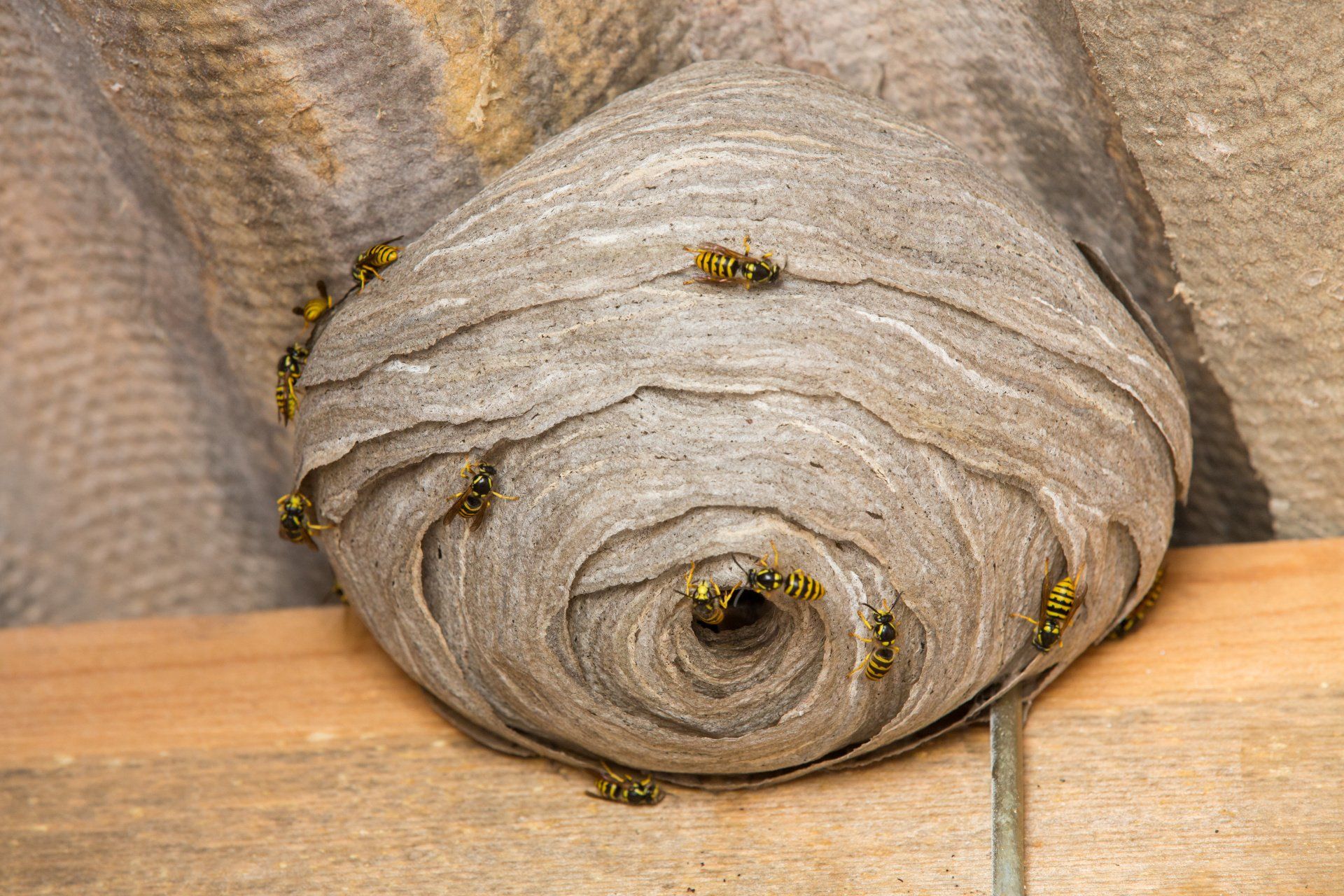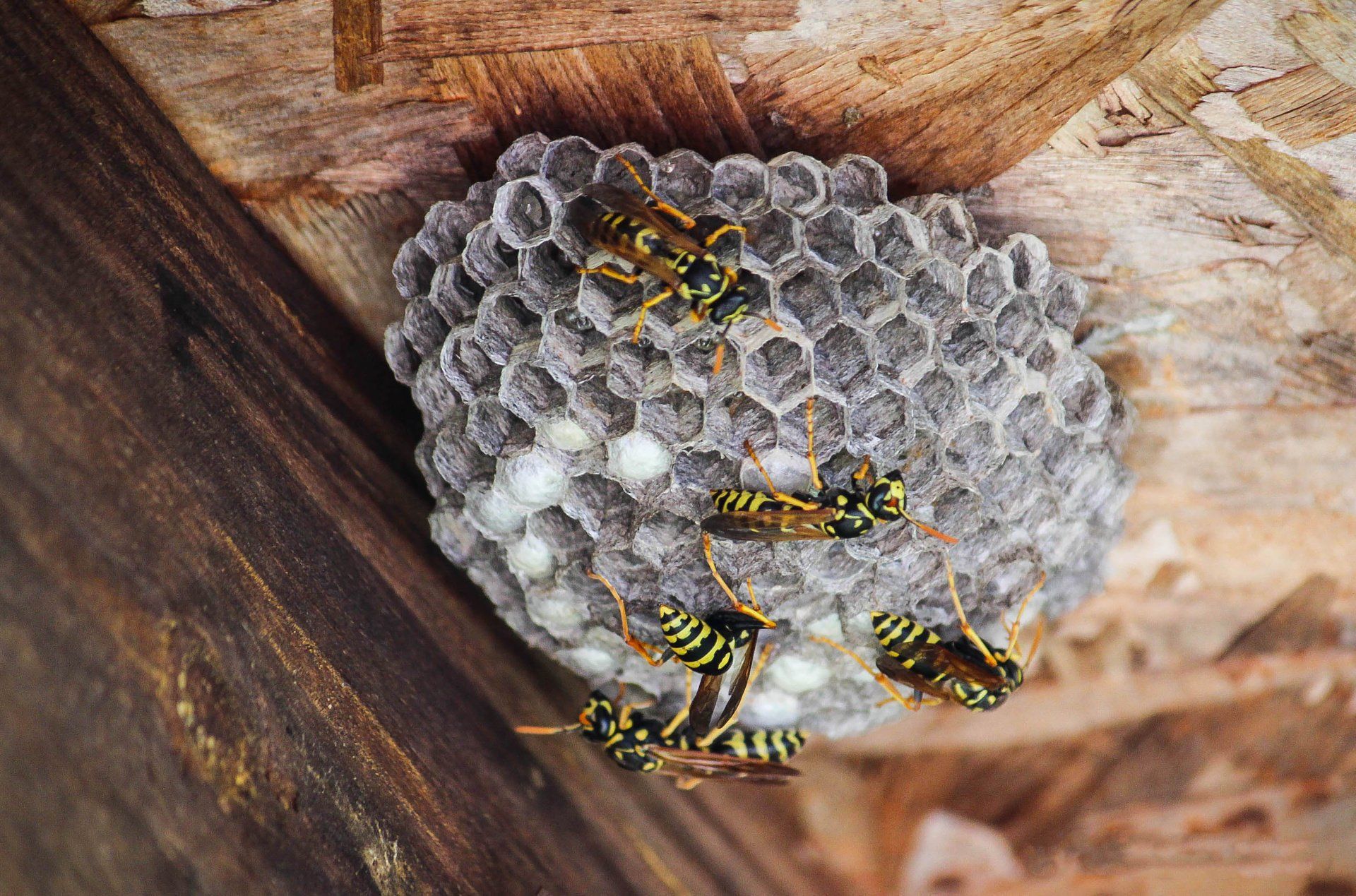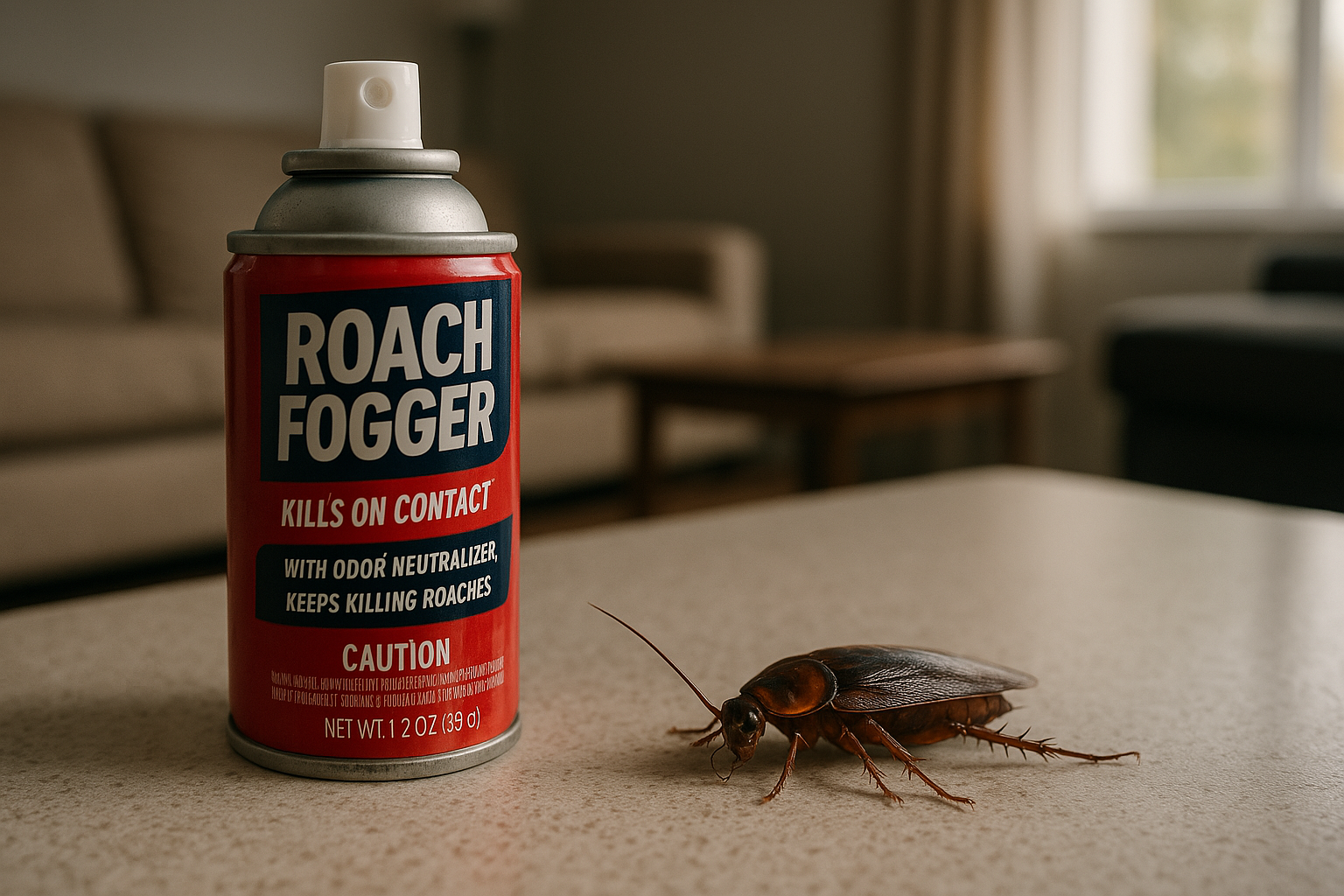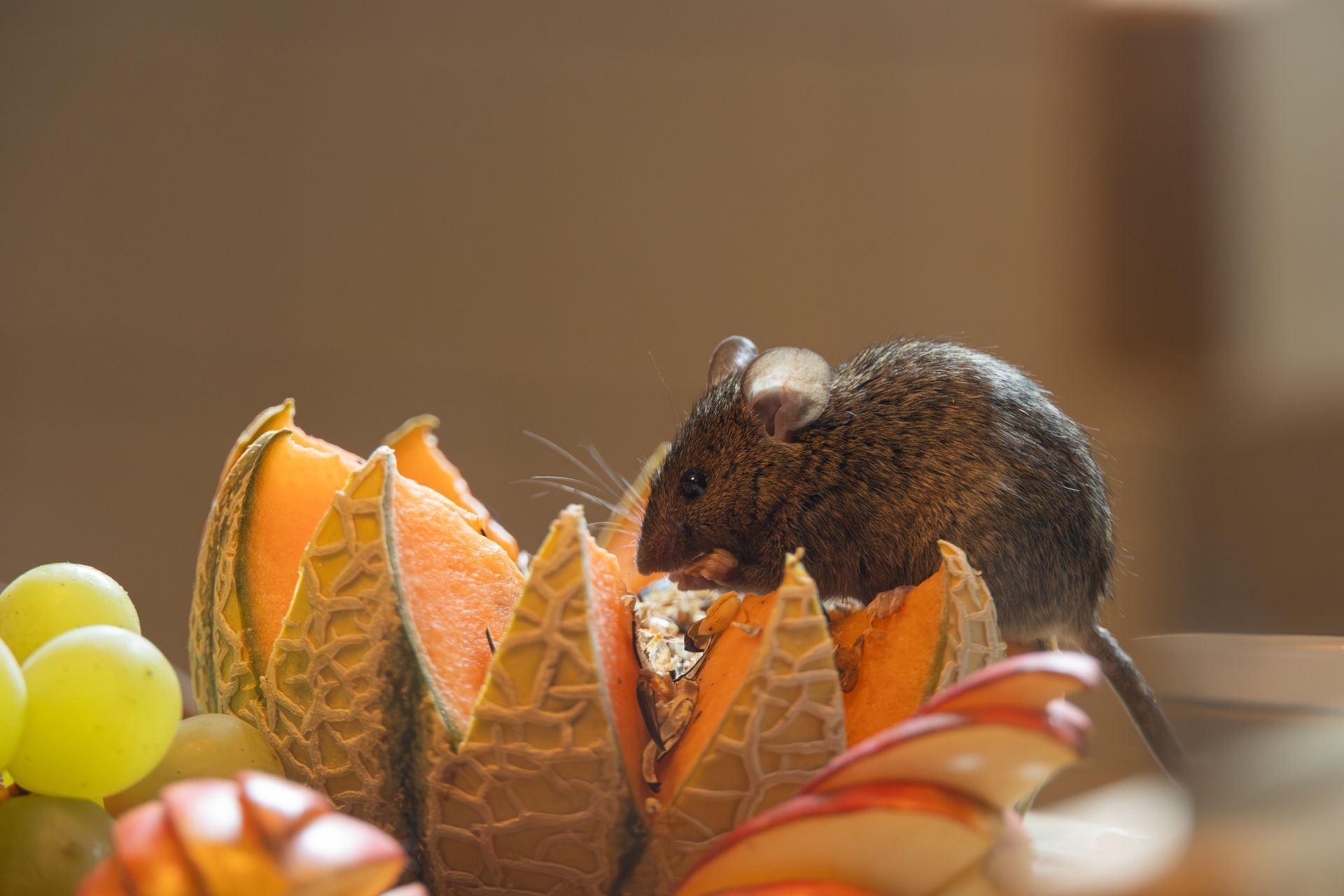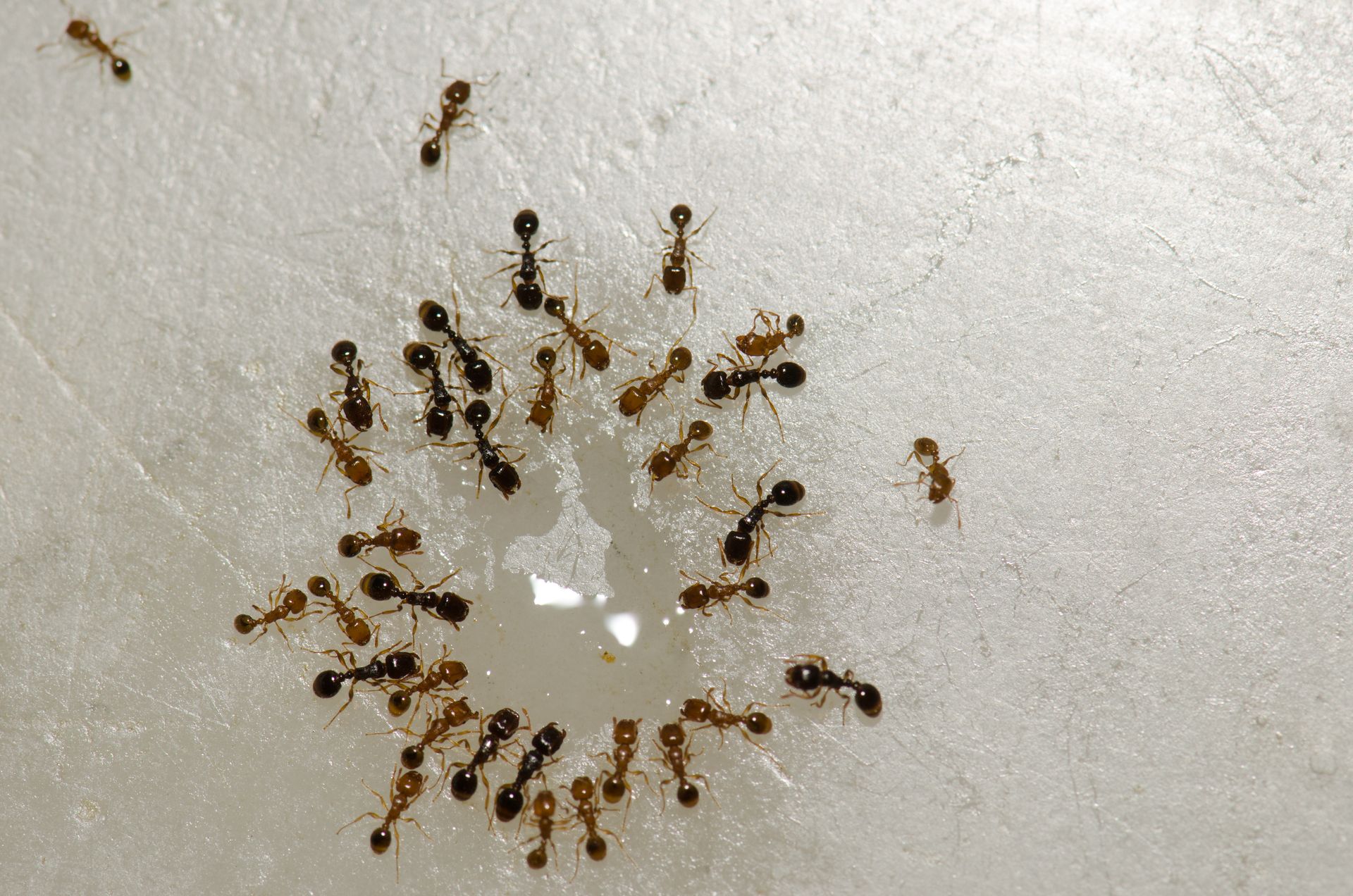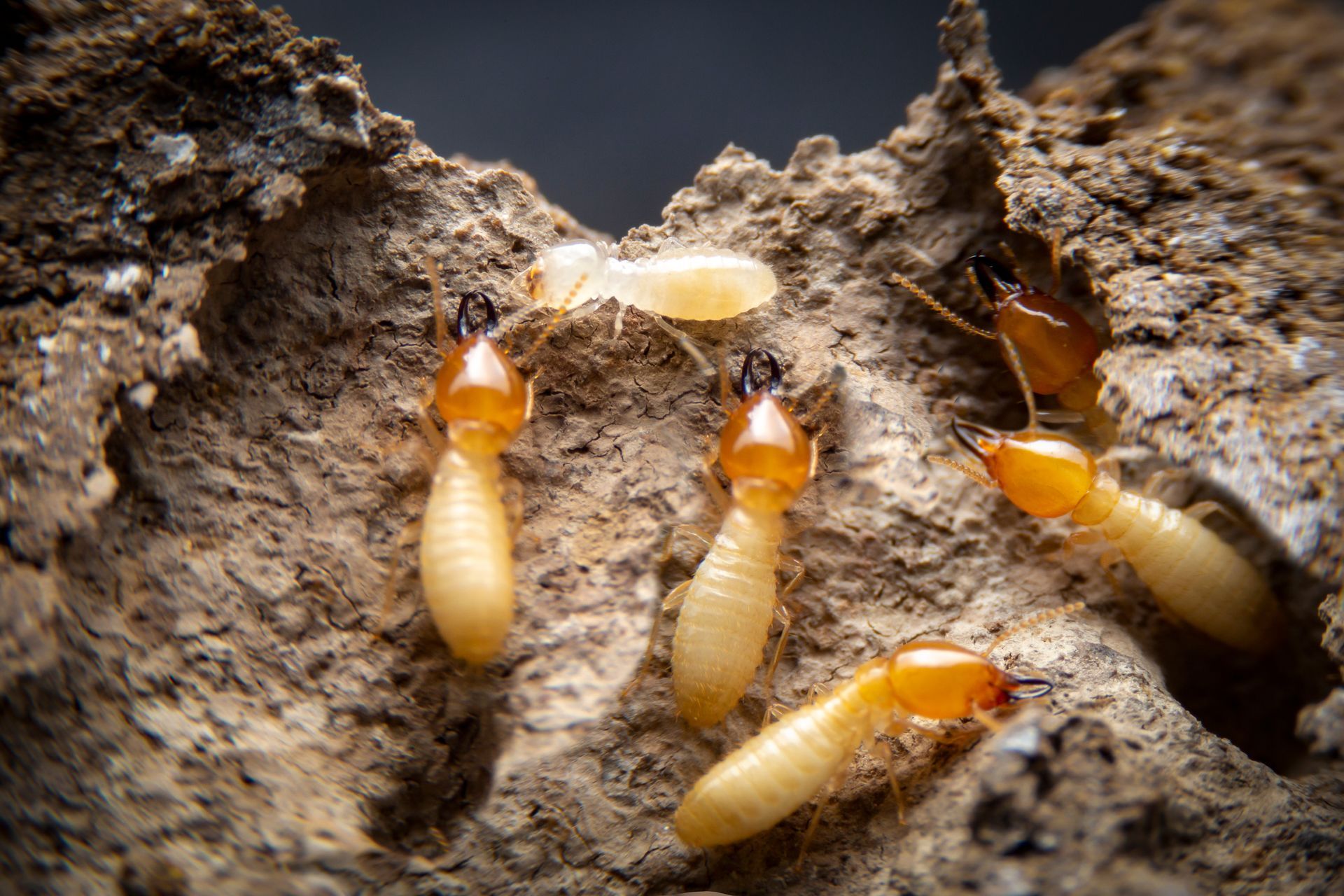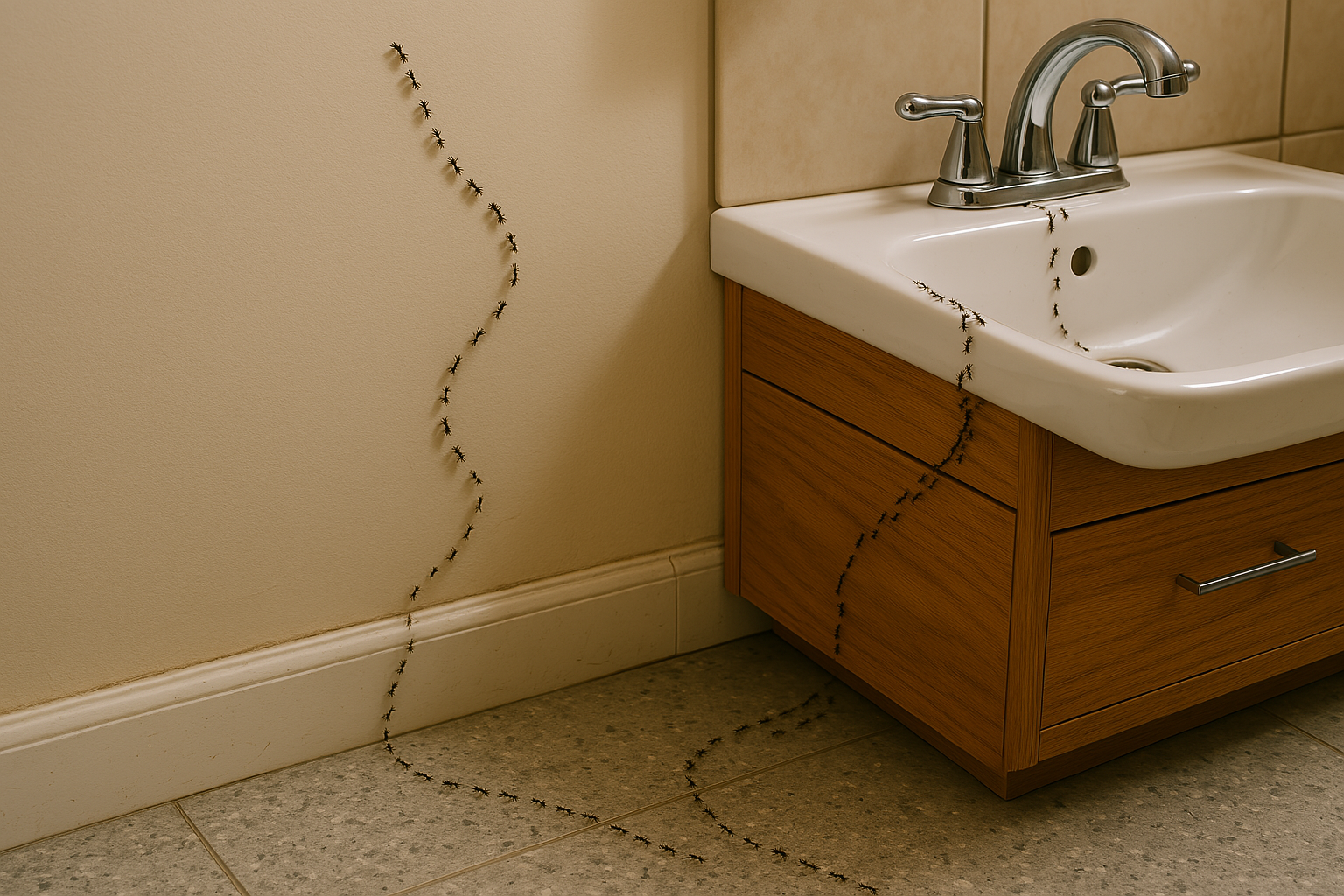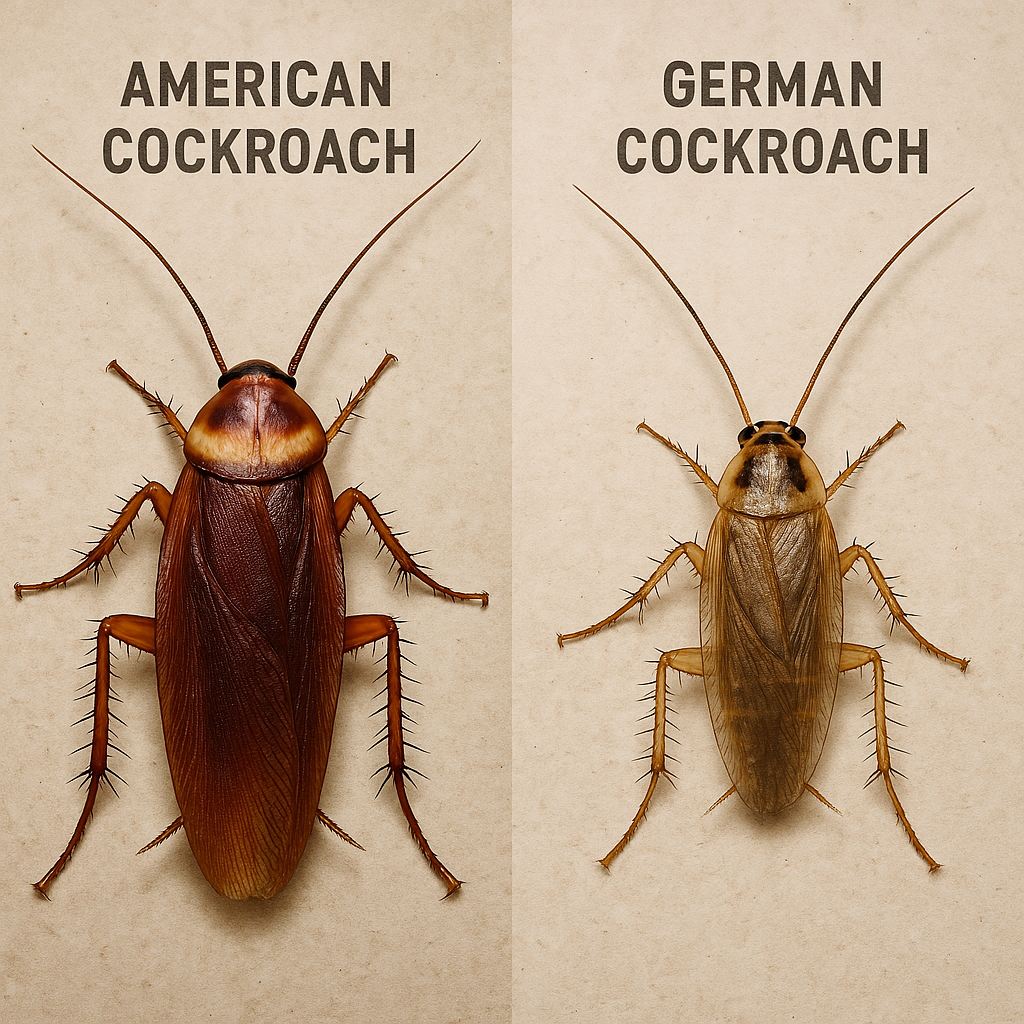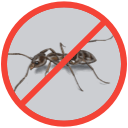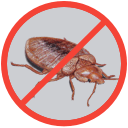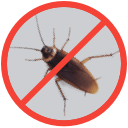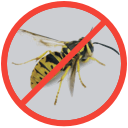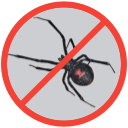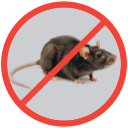How To Get Rid Of Wasps
Wasp Control & Prevention

Dealing With Wasps in Your Yard & Home
List of Services
-
1. Hang wasp traps:List Item 1
These bright yellow bags can be purchased at any home improvement store, and they are extremely effective. They contain a sweet liquid attractant that draws wasps past a no return barrier. Once the wasps are in the bag, they have no where else to go other than to eventually drown in the bag.
-
2. Spray wasps & wasp nests:List Item 2
Using store bought wasp pesticides is also another effective strategy against individual wasps and smaller wasp nests. It is recommended that this strategy is done from a distance and while fully covered to minimize the possibility of retaliation from the wasps.
-
3. Soap and water:List Item 3
Another effective treatment for smaller nests is to soak them in dish soap and water. The soap will suffocate the wasps causing them to die.
-
4. Homemade traps:List Item 4
Much like the hanging traps, homemade traps use a 2-liter soda bottle and some rotting fruit to capture wasps. The 2-liter bottle is cut in half with the top inverted to act as the barrier with the fruit inside with some water and soap to capture the wasps.
-
5. Perimeter applications:
Spraying areas that are potential nesting sites to prevent wasps is another good way of reducing wasps’ populations.
-
6. Check and seal entry points:
Wasps will sometimes find ways into a home so it’s important to ensure that all entry points are sealed and there are no openings to provide wasps’ access.
-
7. Call EcoGuard Pest Management to get professional help:
Getting rid of wasps can be dangerous if not treated appropriately. Call a licensed and trained professional to come treat your wasp problem so you don’t have to worry about it.
What to Know When Treating Nests
List of Services
-
1. Spray nests in the evening:List Item 1
Be sure to spray the nest at dusk when the wasps have returned to ensure that the entire colony is infected. They are also less active once the sun goes down which makes them less likely to be aggressive.
-
2. Protective GearList Item 2
Wear protective clothing to prevent getting stung. Wasps are the most aggressive stinging pests so being covered from head to toe is usually recommended when clearing out wasp nests.
-
3. Spray from a secure location:List Item 3
When spraying a nest, make sure you are standing away from the nest and not directly underneath it or downwind from it to avoid blow back from the spray.
-
4. Don't spray alone:List Item 4
Never treat a nest alone because it’s better to have someone present in the event of a medical emergency.
-
5. Follow wasp spray instructions:
Always follow product directions for pesticides.
-
6. Verify successful treatment:
Always check for any surviving wasps to see if reapplication is needed before the wasp nest removal.
-
7. Seek professional help:
When nests are too far or too high, it is important to get professional help.
How to Remove a Wasp Nest
Removing a wasp nest can be extremely tricky without the proper care. It is important that the nest is treated so the colony experiences full collapse before removal. Otherwise, you take the risk of any remaining wasps being extremely aggressive which can lead to swarming. If wasps swarm, it can be a very dangerous situation to deal with. To keep yourself safe it is important that you follow a few key pointers.
- Check the day after wasp spray application for survivors.
- Approach the nest only when you are certain all wasps are dead.
- Use a plastic trash bag to cover the nest.
- Use the bag to pull down and remove the nest from whatever it is attached to.
- Encase the nest in the bag and throw the bag away in an outdoor trashcan.
Getting Prepared with Protective Clothing
This step is critical because wasps are much more aggressive than bees and can sting multiple times in fast succession due to their stingers not being barbed. They are extremely territorial and will attack with little to no provocation. The most dangerous part about being stung once is that pheromones are released that alerts the rest of the colony to come swarm and protect the nest. This is why covering up as much exposed skin is important. Be sure to wear long socks with pants and layer up with multiple layers and gloves. Be sure to tuck pants into socks and sleeves into gloves to ensure that wasps don’t find their way into your makeshift bee suit. Lastly, be sure to cover as much of your face as possible with some sort of screened mask or bandana.
Locating Your Wasp Nest
Getting rid of a wasp nest starts with finding the nest which can be difficult if you don’t know the wasp type and where to look for the nest. By identifying the wasps, you can help narrow your search when you follow one back to its nest.
| Type Of Wasp | Appearance | Behavior | Nest Type |
|---|---|---|---|
| Paper Wasps | Golden brown w/ yellow or red patches. Long slender waists | Gentle until disturbed | Most common paper nests that hang with open cells that hang like an umbrella. Found in areas like under patio overhangs, eaves, gutters, etc. |
| Yellow jacket | Bright yellow and black patterns. | Aggressive without much provocation. Often found scavenging around trash. | Most often found in underground dens or other shaded & undisturbed areas. Nests often grow to large sizes with only one opening so activity in and out of the nest is visible. |
| Hornet | Can range in color from black, yellow, and brown. Slightly bigger than the other wasp species. | Aggressive when agitated. | Nests are made of paper. Large and completely enclosed with a single-entry point. Hangs from tree branches, house siding, utility poles. Also found in wall cavities and storage sheds. |
Choosing a Wasp Control Strategy
Nest Drenching
Drenching the wasp nest in a chemical pesticide spray or foam tends to be the safest and easiest way to exterminate a wasp nest. Stand as far away as directions indicate and be sure to spray down wind to prevent being exposed to the pesticide blow back. Completely engulf the nest in the liquid or foam to ensure complete saturation and maximize efficacy.
Nest Dusting
Dusting has shown to be effective but can be problematic due to the proximity one must be in to effectively dust a nest. Dusting generally requires you to get close enough to a nest to pour pesticide dusts into the entry point. This exposes you to close contact swarming if the nest becomes agitated before the dust is effective.
Perimeter Spraying
Perimeter spraying essentially serves the same purpose as nest drenching with the additional benefit or leaving a residual pesticide that will prevent any further wasp activity on the exterior of your home. This is a great deterrent and preventative measure to implement to ensure that wasps don’t cause any problems.
Baiting
Baiting is a good wasp management strategy when you can’t find where the wasp nest is or when the nest is unreachable. There are traps that are designed to target yellow jackets, hornets, and wasps so be sure to select the one targeted towards your specific wasp type. As these traps fill, they will need to be replaced. While these traps are effective for smaller wasp populations, if there is a large nest nearby, this solution might not be the best option.
Timing Your Wasp Treatment Strategy
Wasp removal is best done in the evenings when the sun starts to go down. This is because you want to spray and remove a nest when the wasps are most likely to be home and when they have started to slow their activity in preparation of rest at night. This is also when they are least active and least likely to get aggressive. By targeting a nest during the day, there is a chance that there will be wasps out exploring for food and resources that will return to a missing hive. These remaining wasps tend to stick around or even create a new colony and nest somewhere close by. This is why you want to treat the entire nest when they are home.
Time of year is also important to account for when you decide to treat for wasps. Wasps will search out new locations for a nest in early spring. If you see signs of wasps at this point, you will want to target and remove the nest before it grows into a nest that can contain up to 2000 wasps making wasp removal that much more difficult and dangerous.
Execute Wasp Extermination Plan
Implementing the treatment plan is the most dangerous step of getting rid of wasps. The goal here is to strike quickly and saturate the nest to kill as many wasps as possible. If treatment is applied at night like recommended, it should be done with an amber colored flashlight to prevent alerting the wasps with high powered fluorescent lights. Also be sure to have an exit strategy in the event that the wasps become aggressive trying to protect the hive. For execution to be successful, you will want to go in quickly with a shock and awe type strategy. Get in close to douse the nest in pesticides and bail before the wasps register that they have been hit.
Precautions
There are always words of warning that come with dealing with stinging pests. The following notes are always good to keep in mind when dealing with wasps:
- If a single wasp lands on you, just leave it alone until it flies away. Agitating it may cause it to sting you which will release pheromones that will attract other wasps to swarm.
- Avoid wearing or using sweet smelling soaps and fragrances and avoid bright colored clothing.
- Wasps can attack repeatedly because they do not lose their stingers.
- Wasps can be aggressive and will act fast if they feel there is a threat.
How NOT to Remove a Wasp Nest
There are several ways to remove a wasp nest that we have covered but there are also ways to remove a nest that are not recommended as they increase the risk for a wasp attack.
- Setting a nest on fire: This is a very dangerous strategy that could cause significant fire damage. Wasp nests are made with paper and are extremely flammable so this can cause a nest to spark a fire that gets out of control.
- Using water to dislodge a nest: All this will do is extremely agitate the wasps in a nest to the point they will come swarming looking for any threat to attack. They will not be harmed, and it is highly unlikely that you will cause any of the wasps to drown unless you are able to submerge the nest.
- Using a blunt object to hit and smash the nest: Using an object like a bat to destroy a nest is also extremely dangerous. Using a blunt object requires close proximity to the nest which will release the entire wasp population on contact. These wasps will be searching for the threat to attack.
How to Keep Wasps Away
Prevention is always the best solution to dealing with a specific pest type. Ensuring that the following steps are taken will help reduce the chances that wasps ever become a problem in the first place.
- Eliminate food and resources: Wasps are scavengers and will feast on fruits and proteins found around your property. This means that rotting fruit from fruit trees and trash will attract wasps to your property. If there is enough food to sustain a colony, they will create a nest close by.
- Implement exclusion strategies: Sealing all access points and filling cracks and crevices around your property should prevent wasps access to your home. Also be sure to repair any open screens so wasps can’t make it inside.
- Grow wasp repelling plants: There are plants like mint, basil, marigold, and pennyroyals that act as wasp deterrents.
- Carefully inspect holes in lawn: There are species of wasps that build nests underground. If there is ever an entry point that has wasps flying from the opening, this should be inspected carefully to see if extermination strategies need to be implemented.
When to Call Professionals
If there are signs of wasps or wasp activity that you would like help with, call EcoGuard Pest Management to get a licensed pest control technician out today to provide you with an inspection and estimate. It is important to get professional help anytime you are dealing with a dangerous pest like wasps. DIY methods of treatment are sometimes successful but having a professional will prevent you from having to put yourself in harms way.
How EcoGuard Pest Control Experts Can Get Rid of Wasps
List of Services
-
1. Thorough property inspection for wasps and wasps nestsList Item 1
We will identify the wasp type and locate the nest before coming up with a customized treatment strategy
-
2. Destroy the nestList Item 2
Our technicians will treat the nest using an effective pesticide treatment. This is done carefully to not agitate the wasp population we are trying to control.
-
3. Remove the nestList Item 3
Once the wasp colony has fully collapsed, our technicians will come in and remove the remaining nests to ensure that there is no home for wasps to come back to.
-
4. Recurring servicesList Item 4
After successful treatment and removal, on going services are recommended to maintain a wasp free environment.


